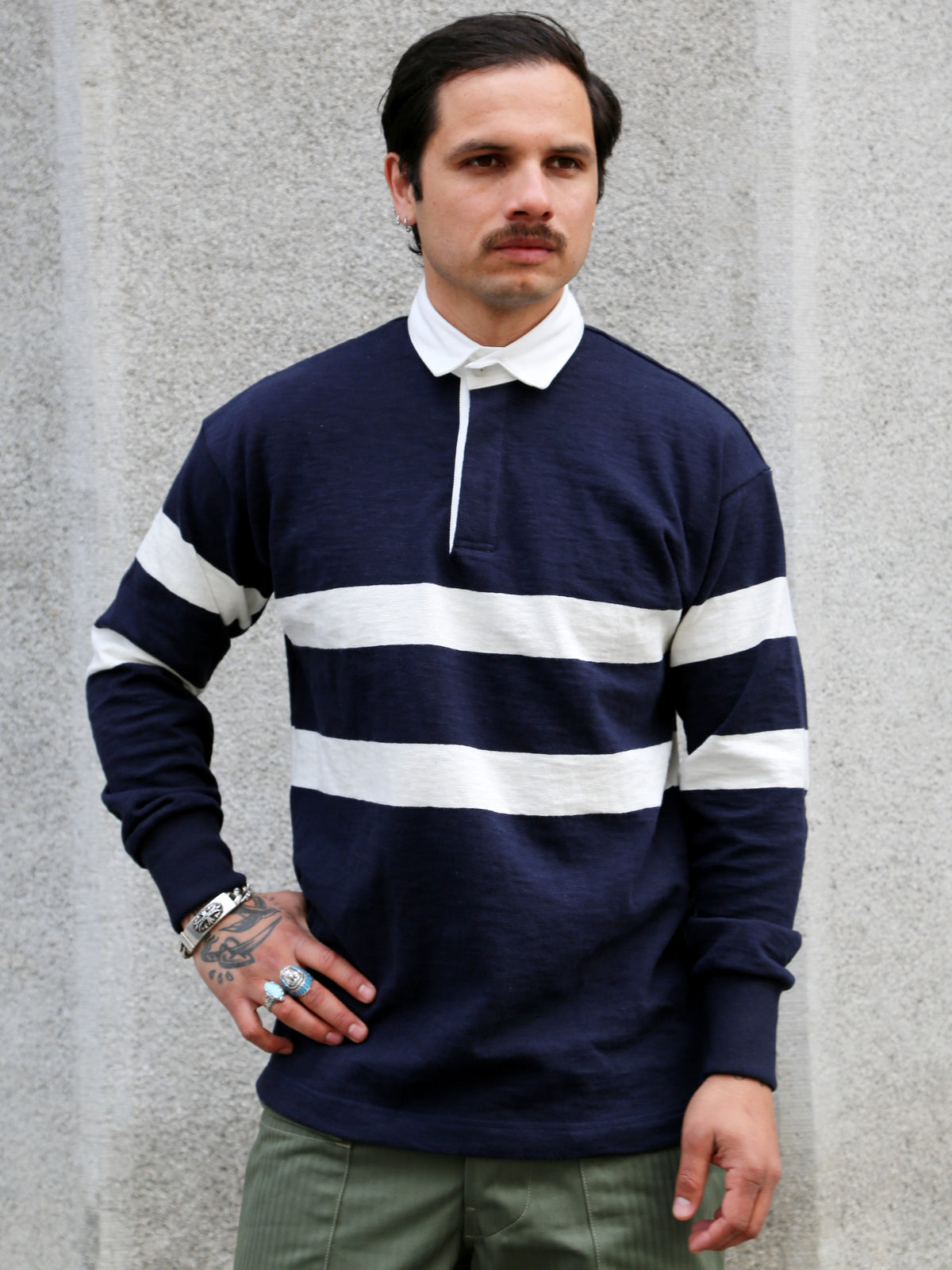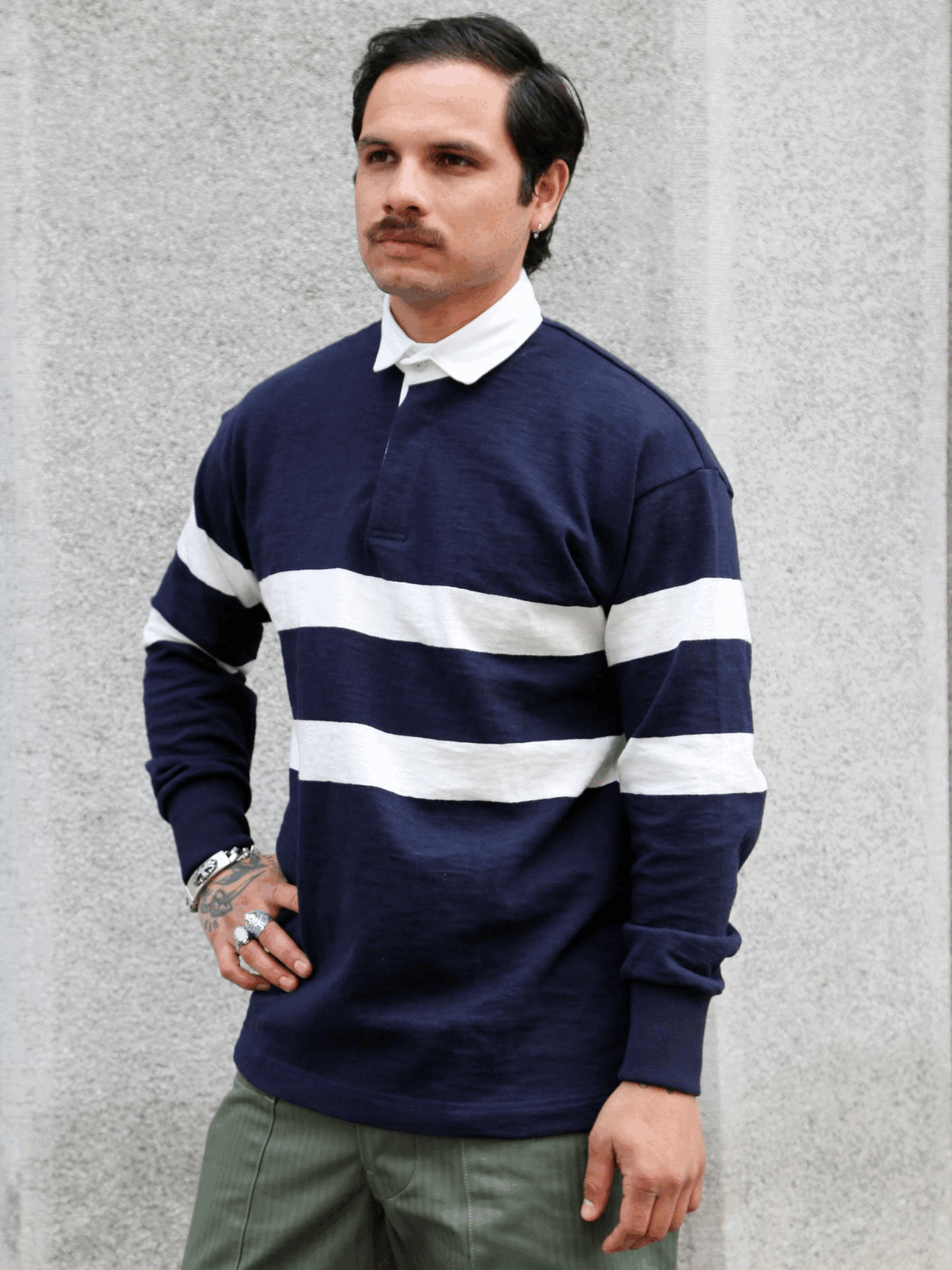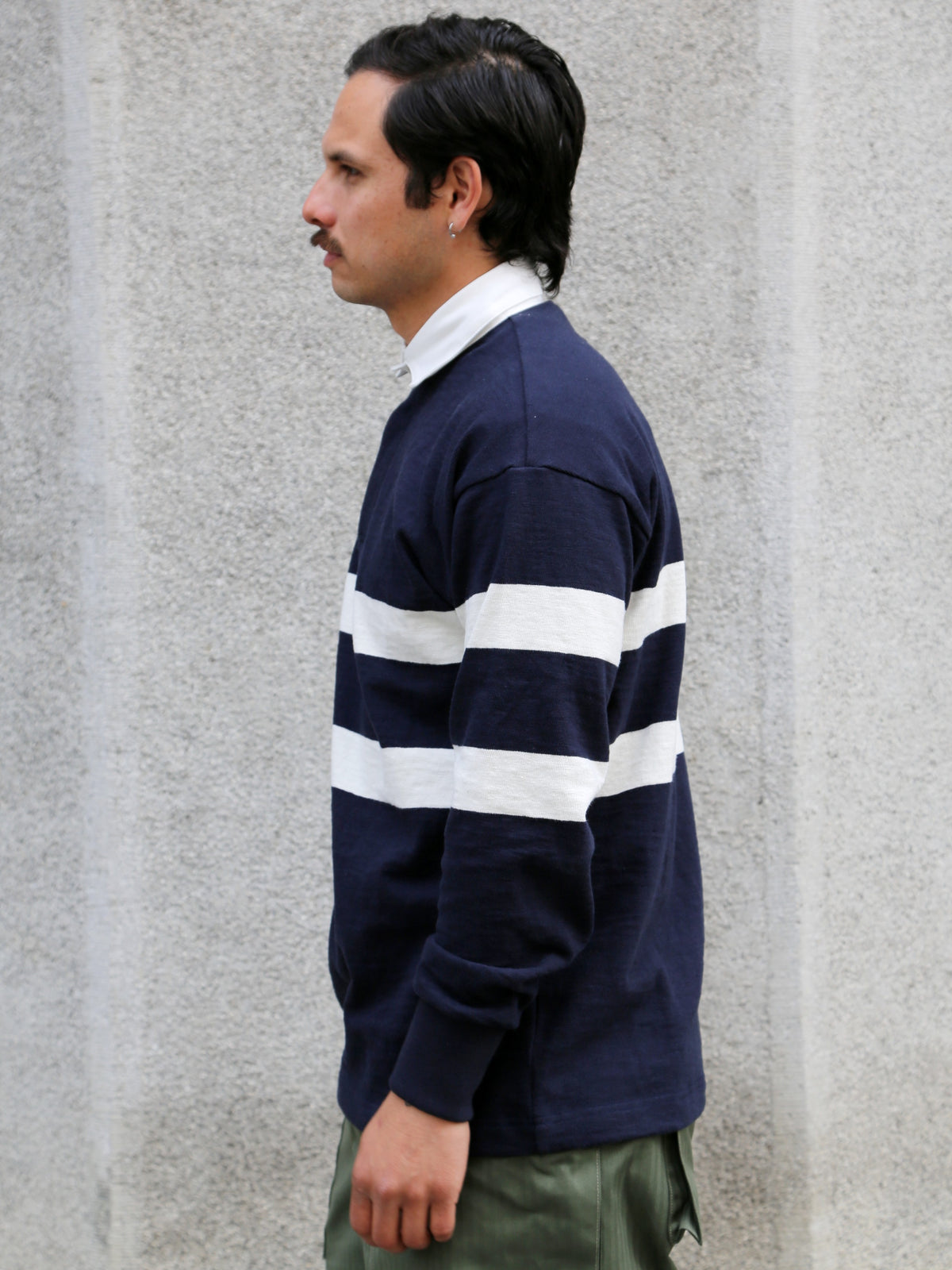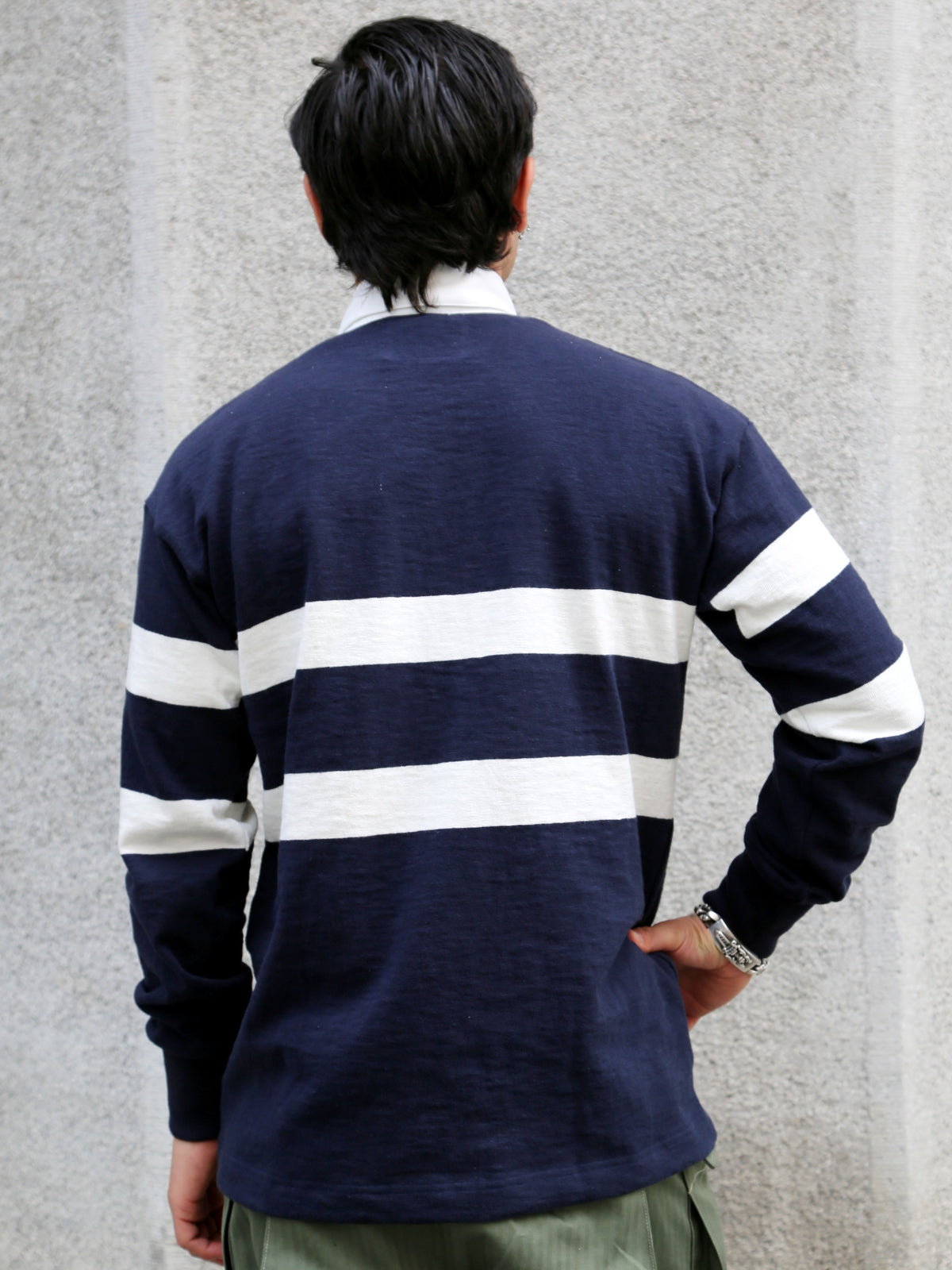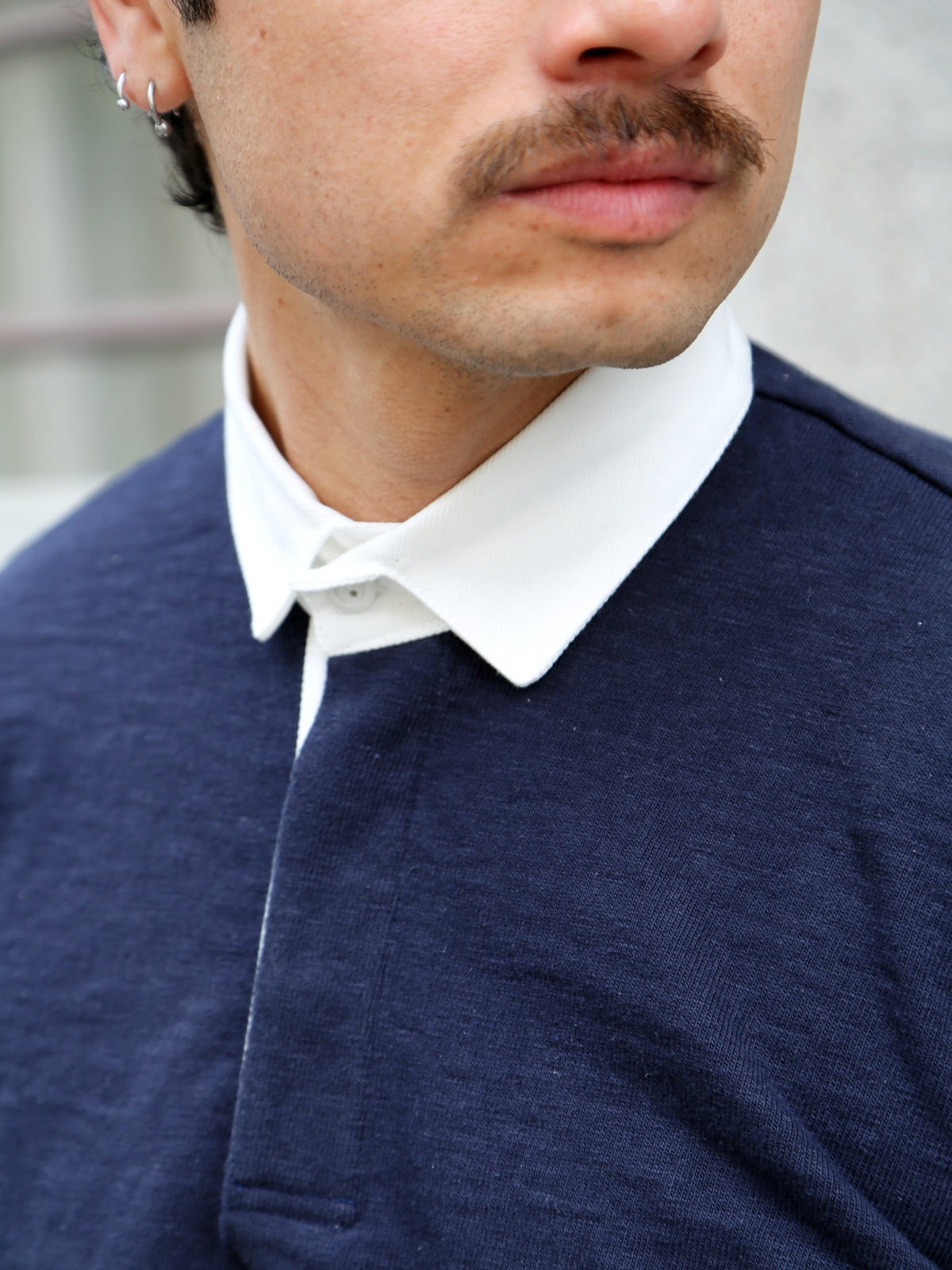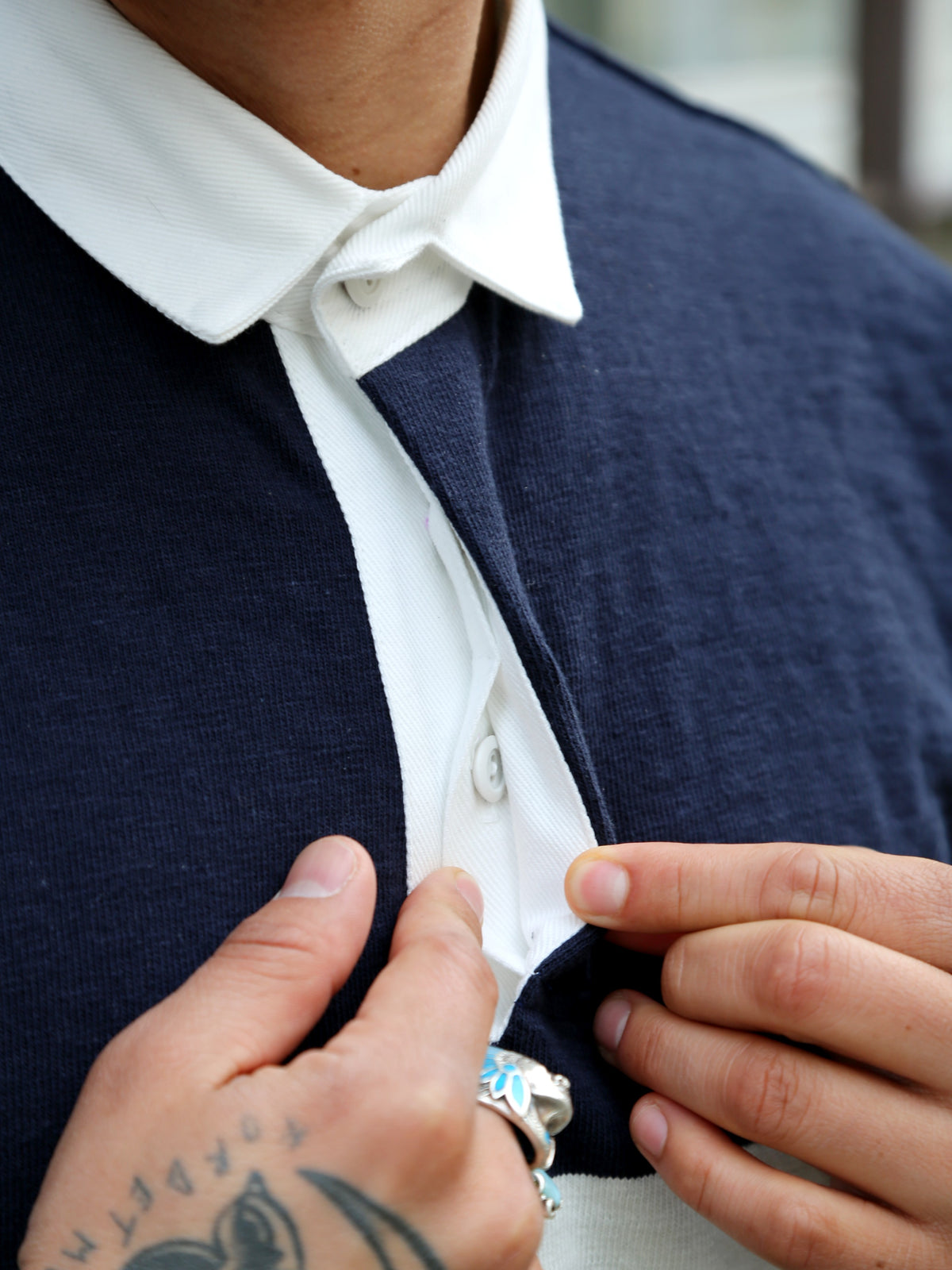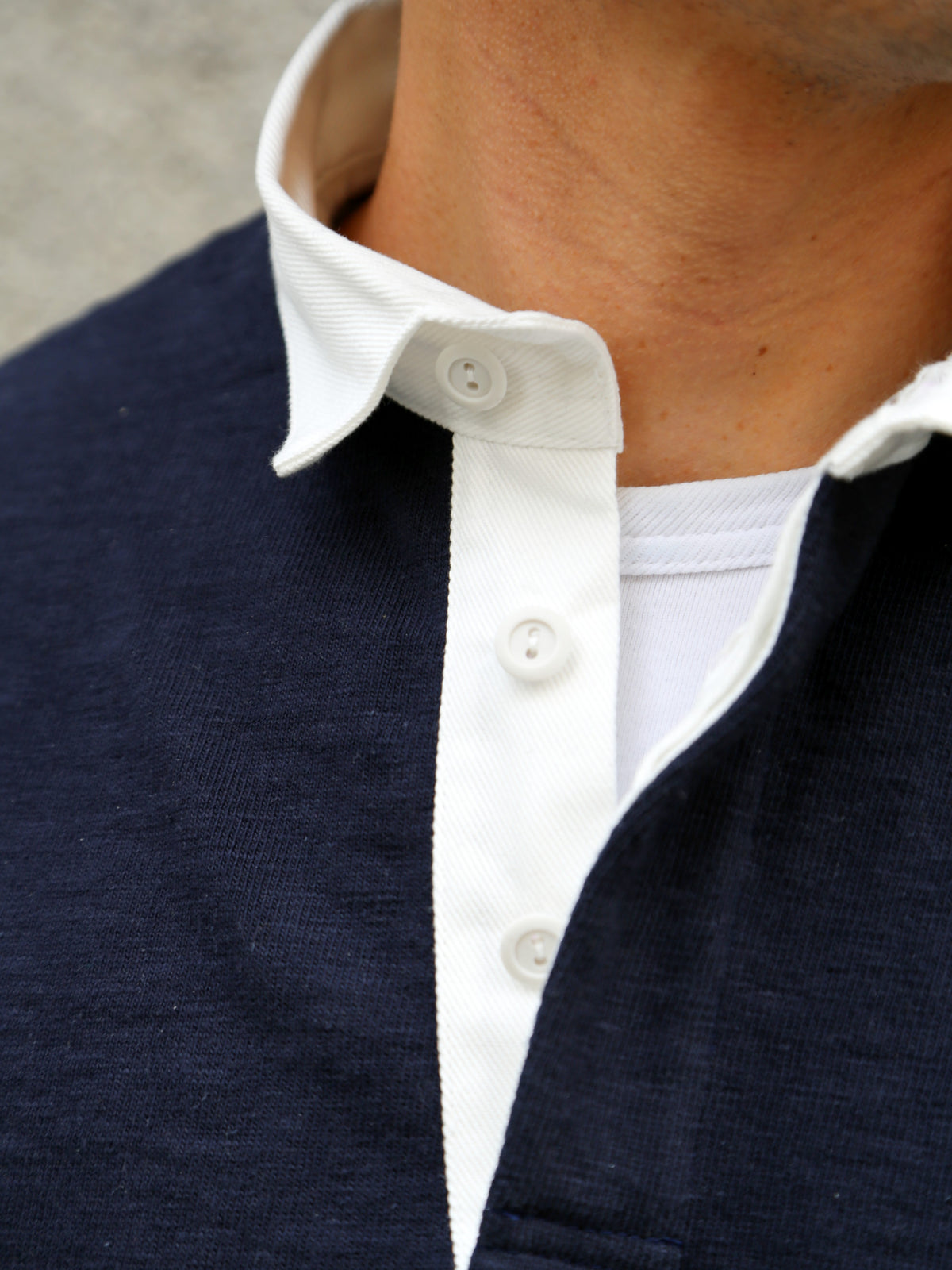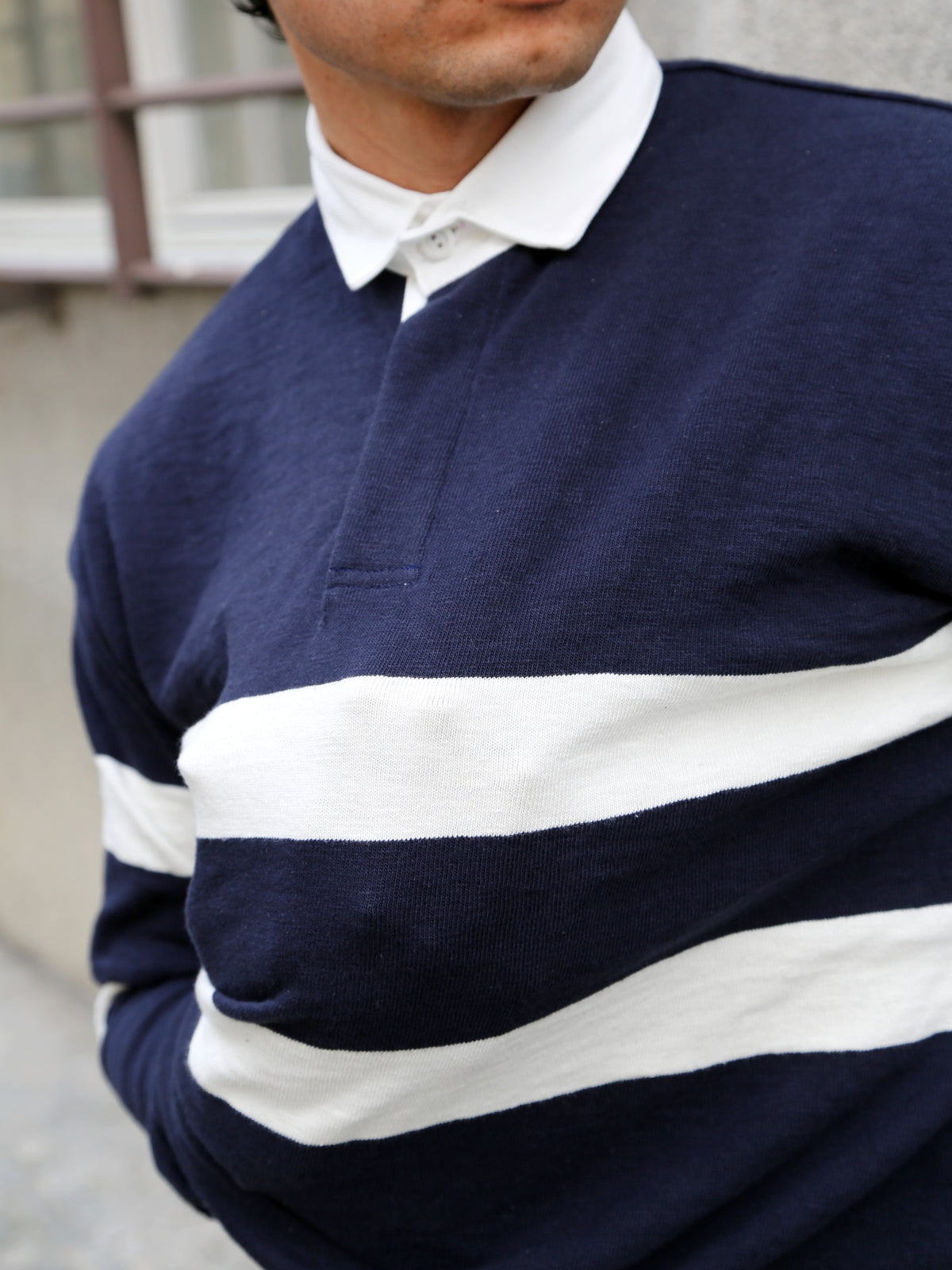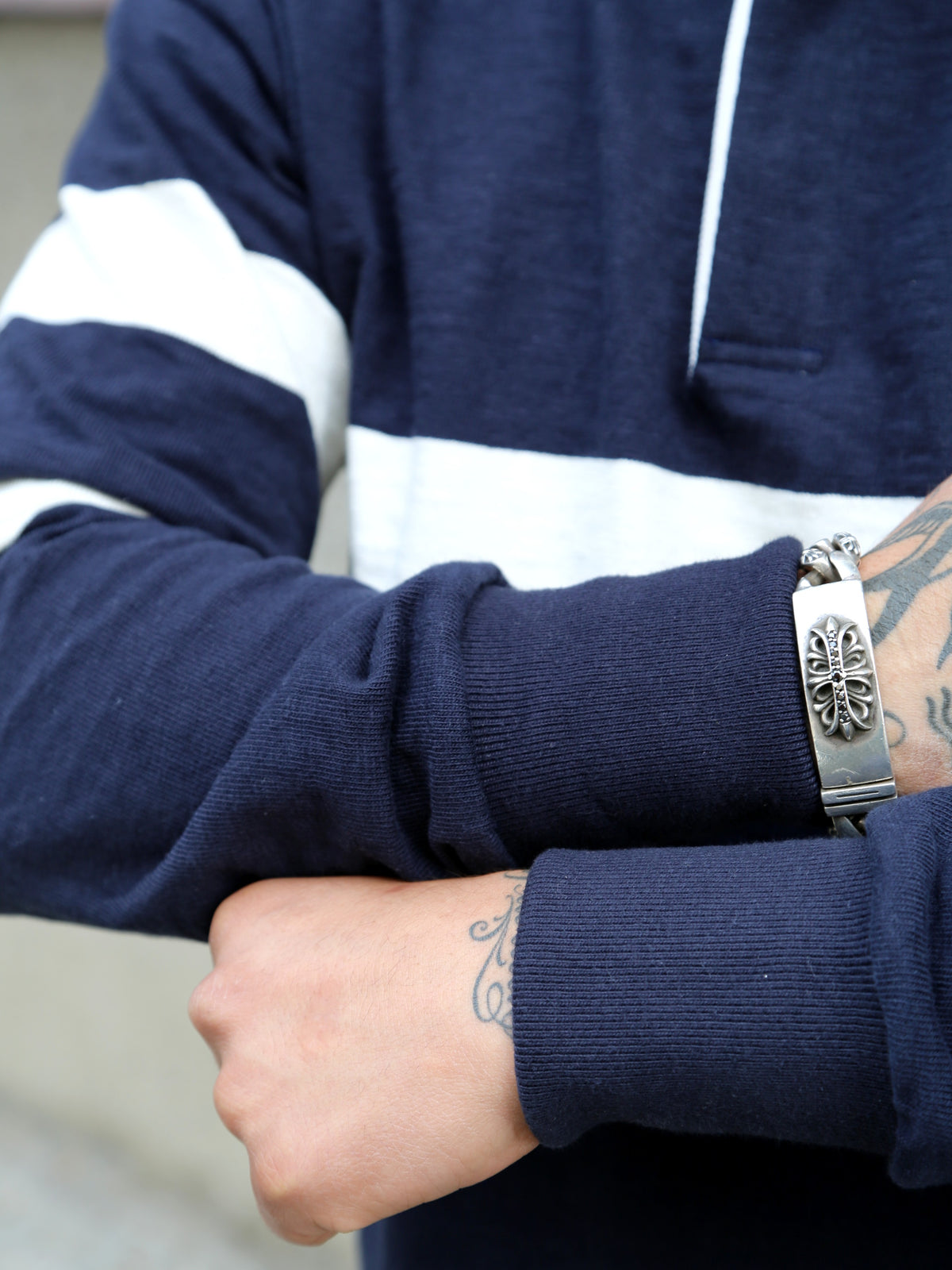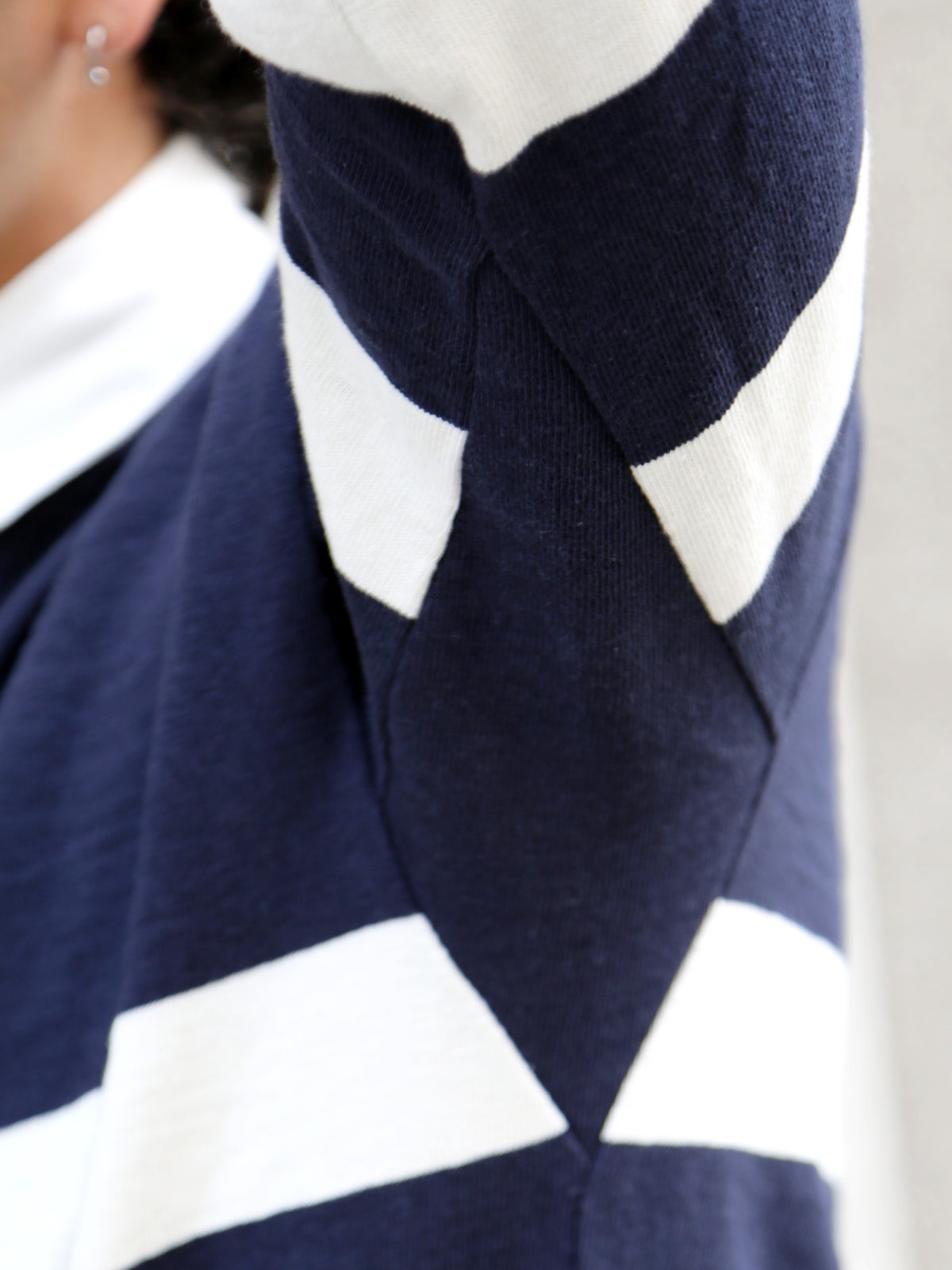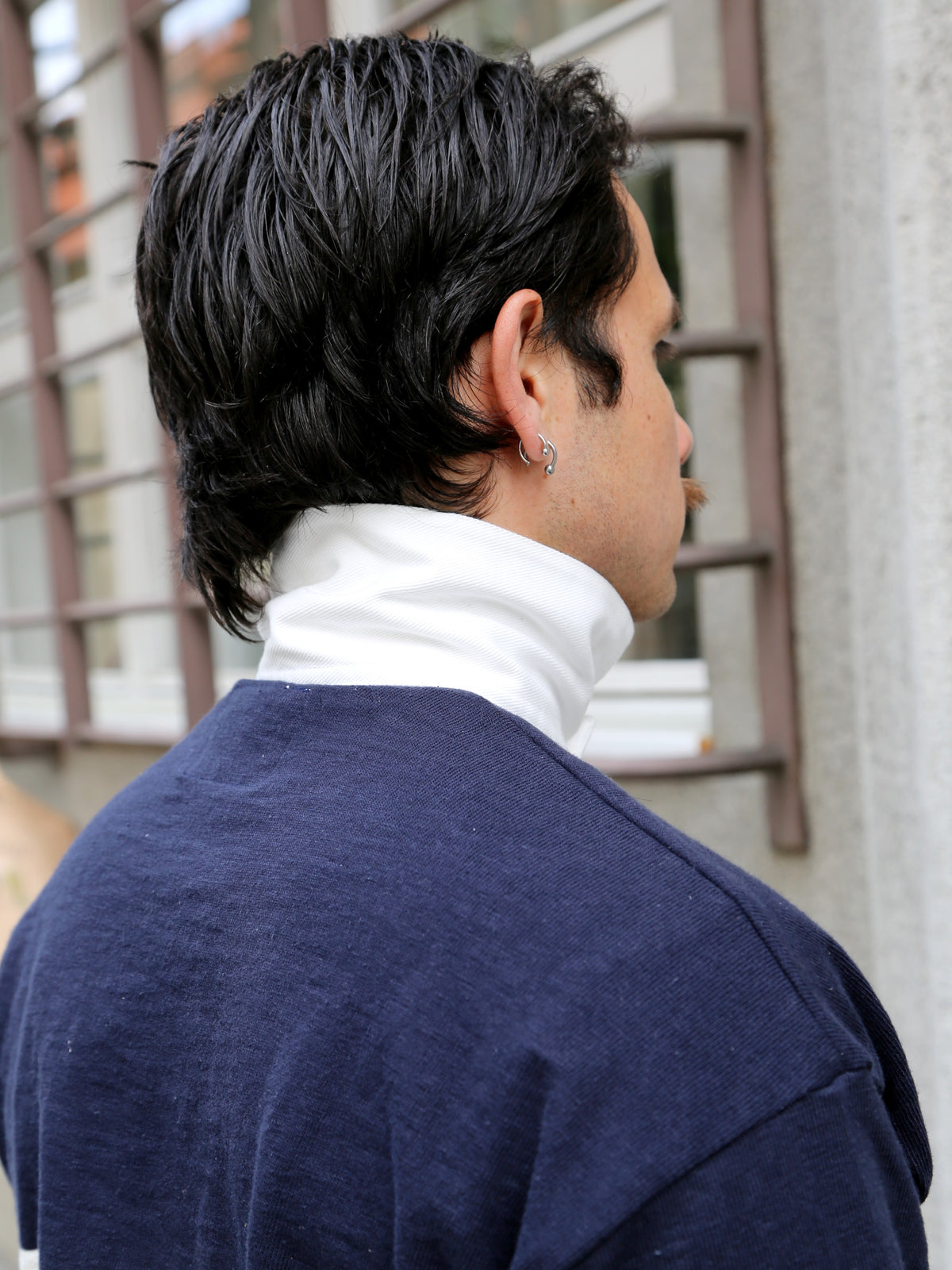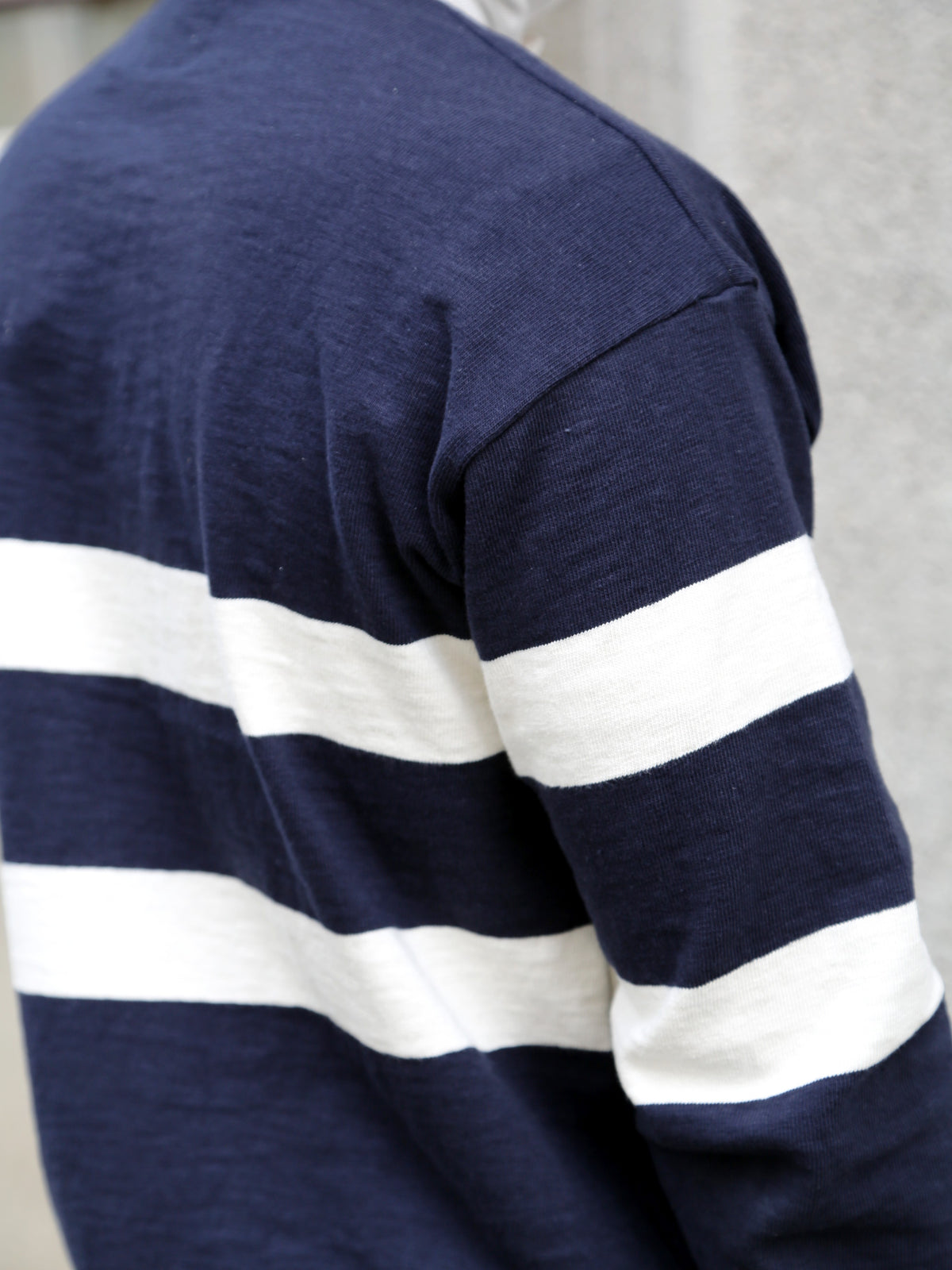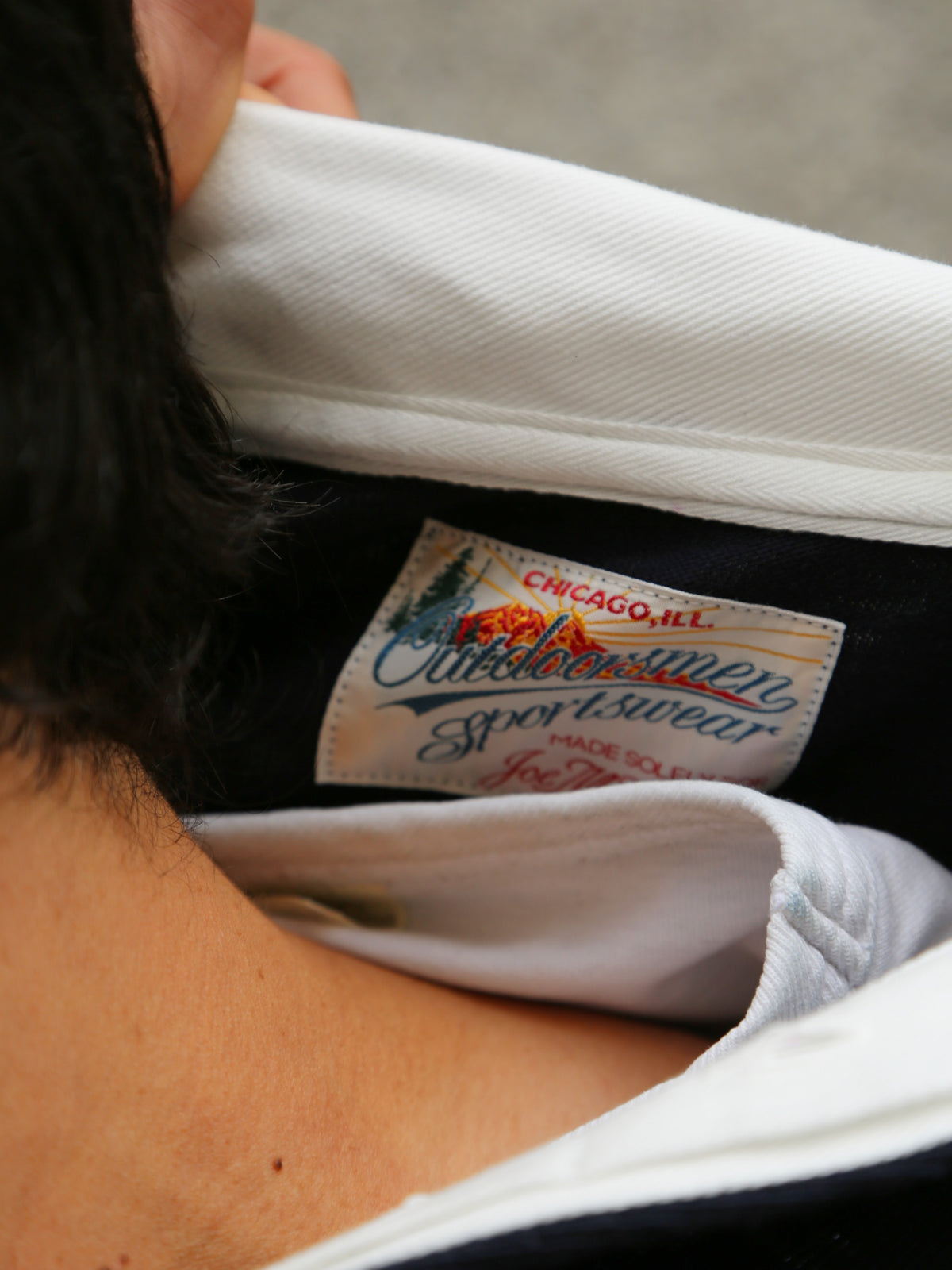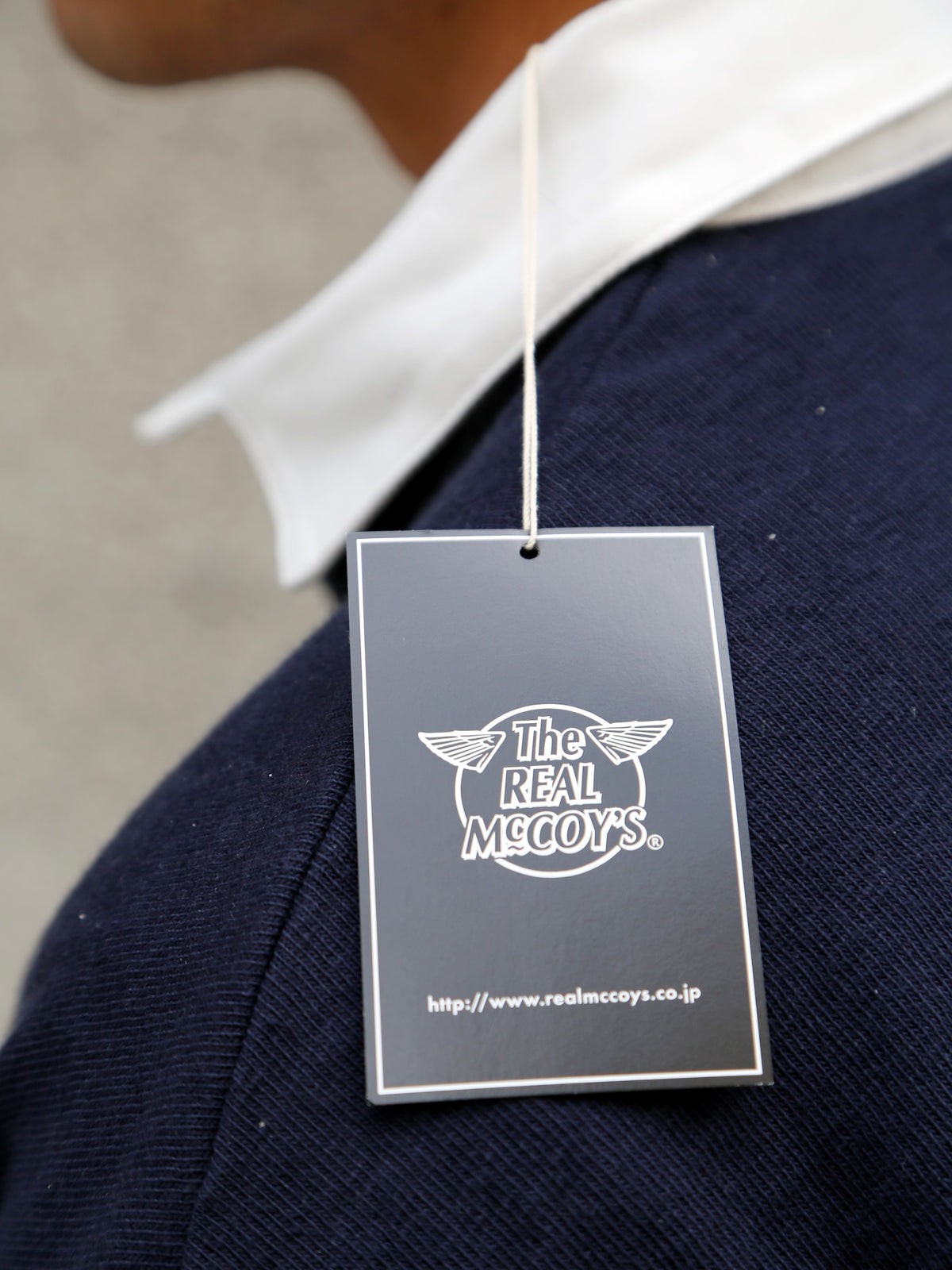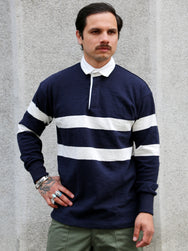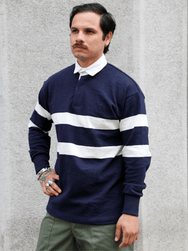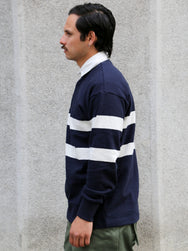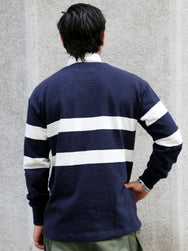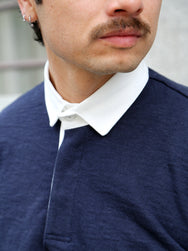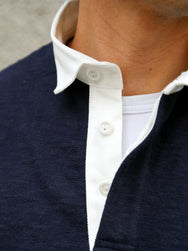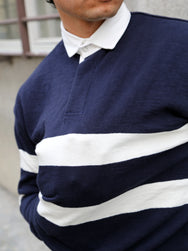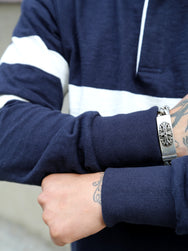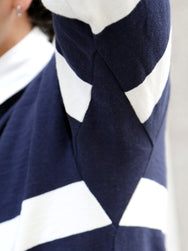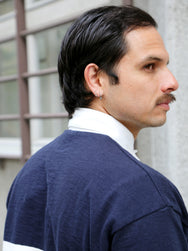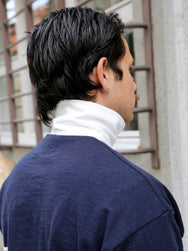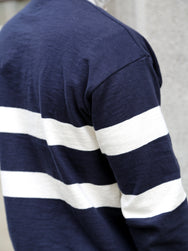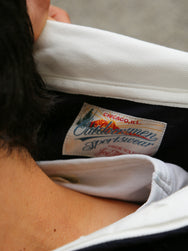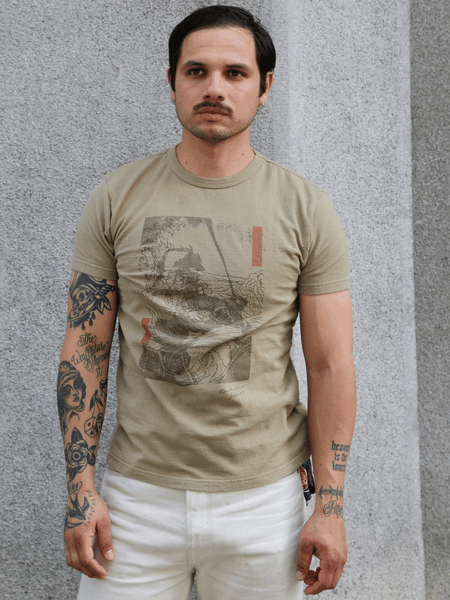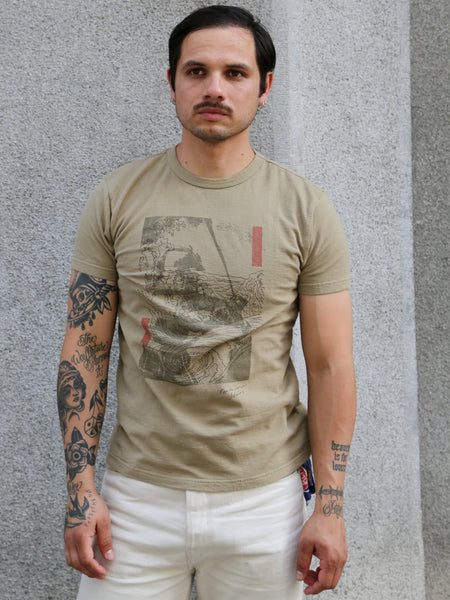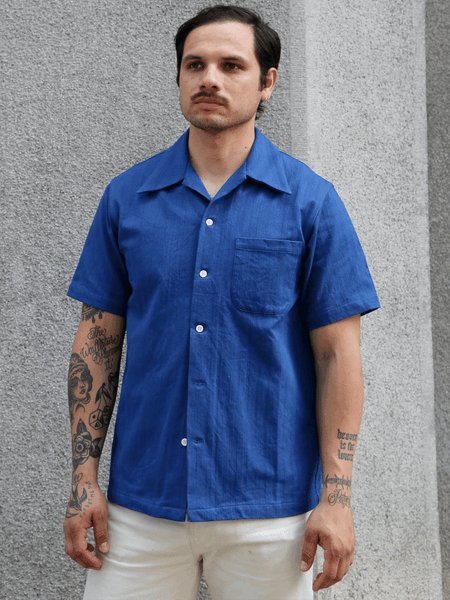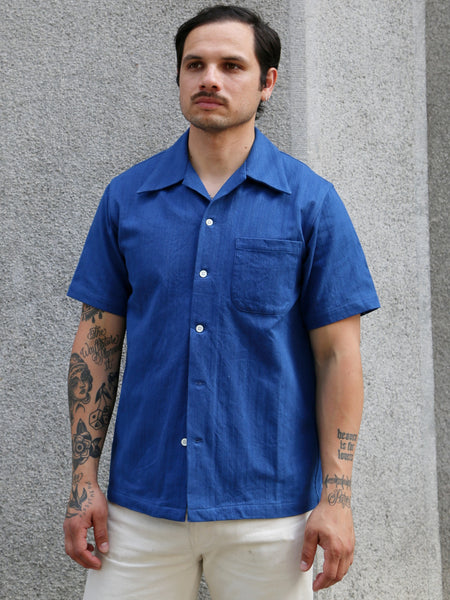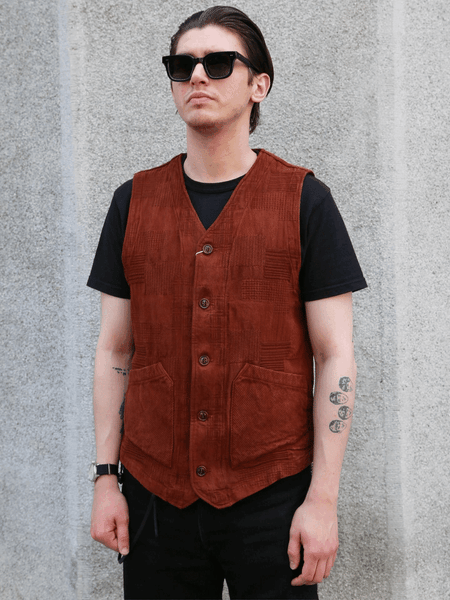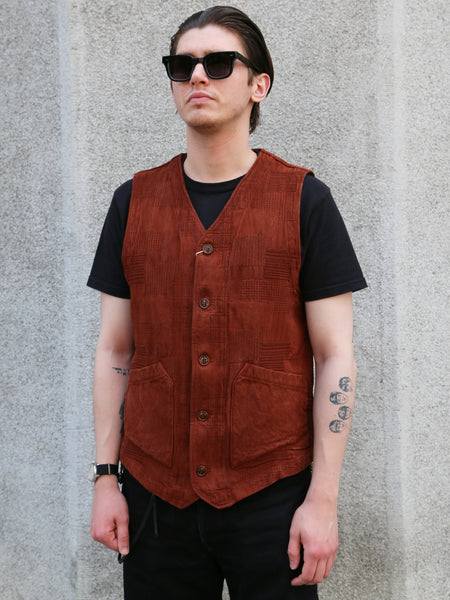The Real McCOY's Climbers' Striped Rugby Shirt – Navy/Ecru (MC25013)
6.800,00 Kč
This variant is currently sold out
The Real McCOY's Climbers' Striped Rugby Shirt – Navy/Ecru (MC25013)
During the 1970s, rock climbing gained popularity in California, and climbers began prioritising functionality in their clothing. Rugby shirts - originally imported from England, New Zealand, and other countries - were quickly embraced by the climbing community. Commonly found in thrift shops, these shirts became highly sought after due to their thick, durable fabric, which made them ideal for the rigours of rough terrain. The growing demand eventually led many outdoor brands to develop their own versions, adapting the design specifically for climbing and outdoor use.
This colorway draws inspiration from traditional British school and rugby team colours, specifically interpreting the deep navy stripes seen on Oxford University varsity shirts, which were notably worn during their historic 1952 tour of Japan.
Britain and Japan’s shared love of rugby dates back much earlier, to 1899, when the sport was introduced to Japanese students at Kaio University by Cambridge graduates Edward Bramwell Clarke and Ginnosuke Tanaka - Cambridge’s own rugby club having been founded just decades earlier, in 1872. The original club started modestly, with ten students joining; however, by 1901 the team had made enough progress to play their first club match, with the team travelling to Yokohama to play a team of expatriates. Though they lost the match, the team remained committed and were able to establish a regular fixture with the Kobe Regatta and Athletic Club, also known as KR&AC.
This cultural bond was perhaps most memorably celebrated during the “Prince Match,” held at Sanko High School in 1922 during the Prince of Wales’s royal visit to Japan.
Organised entirely by students and young players, the exhibition game was played between Sanko High School and KR&AC. Among them was 28 year old university student Shigeru Kayama, who would later become head coach of the Japan national team, the Brave Blossoms, who arranged the match alongside his friend Takenosuke Okumura, then 20 and captain of the Sanko rugby club.
Although their initial request to the Kyoto Prefectural Government was rejected, Okumura, encouraged by English teacher Charles G. Elder, drafted a letter directly to the Prince. Sent while the royal party was in Hakone, the letter received a favourable reply only three days later.
On April 29th, the teams lined up at the Sanko High School grounds, where Prince Edward greeted them and shook each player’s hand. Though he had to leave at half-time, the Prince applauded the performance of the teams and later presented the school with a card, signed in ink brush, as a token of appreciation.
This early act of leadership by Kayama foretold his later importance in Japanese rugby. Thirty years on, Oxford University Rugby Football Club - the very team whose colours inspired this design - toured Japan, becoming the first Western team to visit after World War II. They played seven matches, including two against the national team, who were then coached by Kayama. The tour was followed by visits from Cambridge in 1953 and an Oxbridge team in 1959.
- 100% Cotton
- Heavy Cotton Jersey
- Rubber Buttons
- Made in Japan
Model is 180cm, 77kg and wearing size M.


